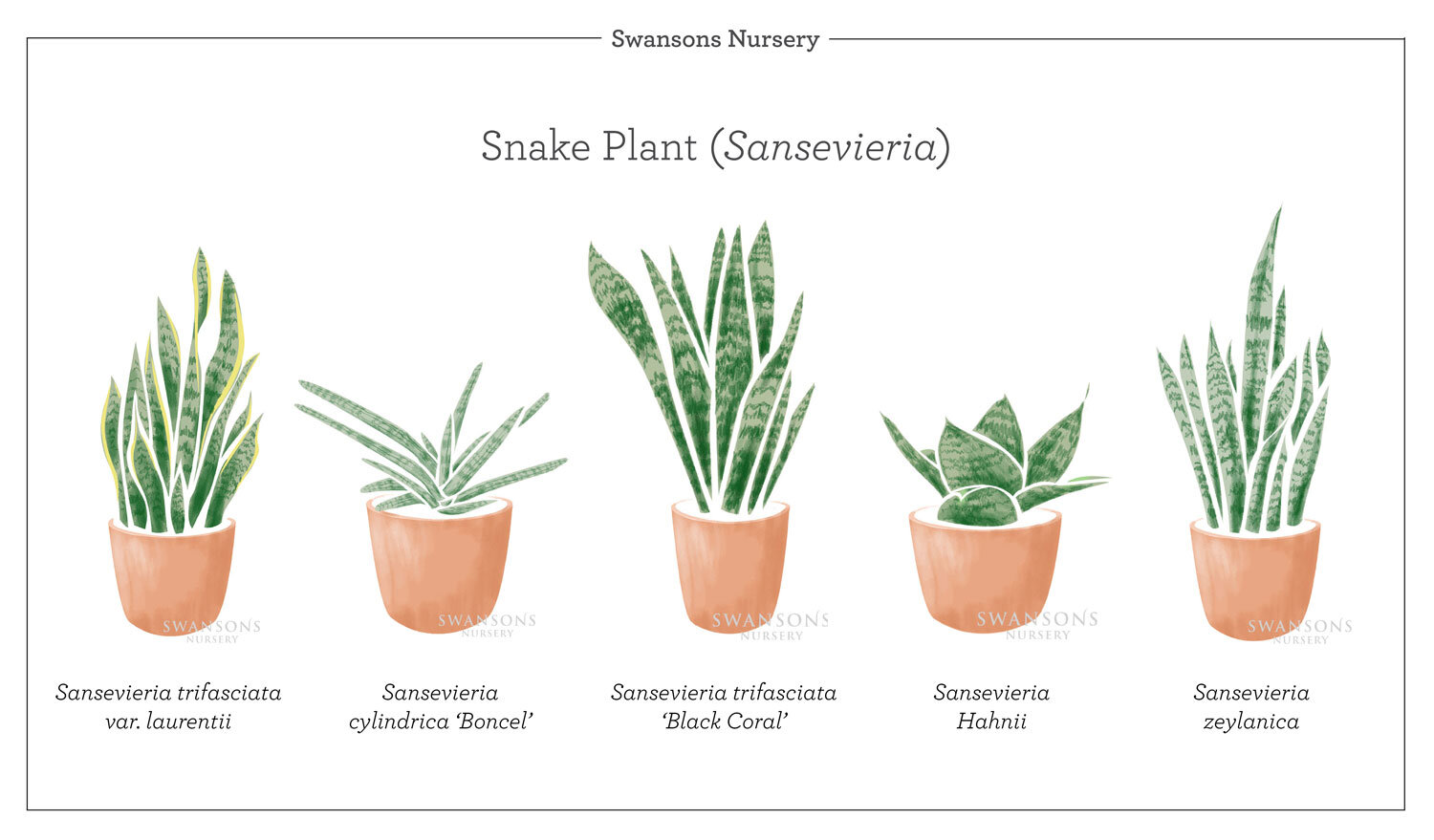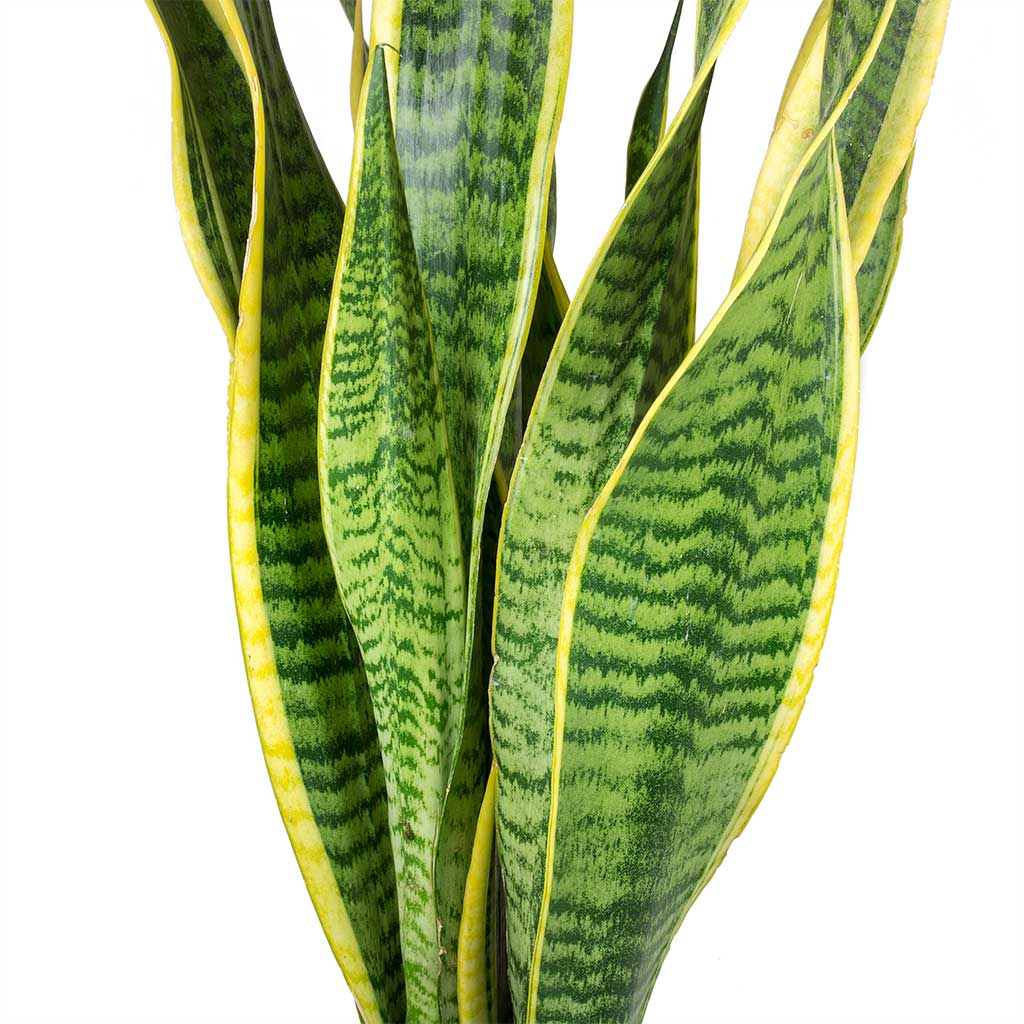The smart Trick of Snake Plant Leaves Turning Yellow That Nobody is Talking About
Wiki Article
The 8-Second Trick For Snake Plant Leaves Turning Yellow
Table of Contents8 Simple Techniques For Snake Plant Leaves Turning YellowOur Snake Plant Leaves Turning Yellow IdeasThe Best Strategy To Use For Snake Plant Leaves Turning YellowSnake Plant Leaves Turning Yellow Fundamentals ExplainedFacts About Snake Plant Leaves Turning Yellow UncoveredThe Only Guide for Snake Plant Leaves Turning Yellow
If you prepare to have a serpent plant in your house, below are a number of points to remember: Excessive water is this plant's weakness. Place a snake plant in a well-drained pot to prevent overwatering, as it can cause rotting. Only water the dirt when it's entirely dry.If entirely shaded, the plant can dull and the leaves might come to be a little bit floppy. Serpent plants are not just simple to look after yet very easy to increase. Just follow these instructions: Cut off a healthy fallen leave near its base and make a bottom-side-up V cut at the bottom. Put the leaf in a clean container of water.
Place a snake plant in a well-drained pot to stay clear of overwatering, as it can trigger decaying. Snake plants are confirmed to be as beneficial as they are visually appealing.
Brush dirt from the origin structure or root. Utilize the blade to split the plant into areas, keeping the favor each section undamaged. Replant areas into tidy pots loaded with the potting soil. Water and location in a partly warm location. Descendants or puppies are baby plants emerging from the dirt.
Snake Plant Leaves Turning Yellow Can Be Fun For Anyone
Use a sterile cutting tool to eliminate a long, healthy and balanced fallen leave at its base (Snake Plant Leaves Turning Yellow). Immerse the cut end of the fallen leave in a clean jar of water and set the container in a partly sunny area. Or allow the cut end to callous over for 1 day and afterwards pot it cut-end downNight-blooming blossoms are fragrant and similar in appearance to lilies. Be sure to select a cultivar that grows, due to the fact that not all serpent plant selections will certainly flower. The Spruce/ Alonda Baird The Spruce/ Alonda Baird The Spruce/ Candace Madonna Serpent plants expand finest with 8 to ten hours of indirect sunshine or a couple of hours of early-morning straight sunshine.
During winter season, inspect the plant's dirt mix every two weeks or sothe plant could need to be watered only once a month. If you notice its leaves are fragile and dry, water quickly. Throughout springtime and summer season when the plant remains in energetic growth, watering every 2 weeks or so is generally enough.
To control height, remove the tallest leaves at the dirt line with a sterile reducing device. Damaged leaves can be gotten rid of at any moment, however, winter trimming can trigger tension. Repot your serpent plant every three to 5 years, or when you see origins growing out of the holes in the base of the pot.
Excitement About Snake Plant Leaves Turning Yellow
The best time to repot is in springtime., position it at the very same degree as it was in the initial pot. Snake plants don't endure temperatures lower than 50F.Serpent plants are susceptible to typical houseplant bugs such as scales, gnats, crawler termites, aphids, mealybugs, and whiteflies. Many can be eliminated by hand or with a gentle spray of water. Treat invasions with neem oil. Serpent plants are one of the most convenient plants to preserve and can last for years.
Owning a serpent plant has numerous benefits. Easy to care for and an find more excellent first plant for beginning gardeners, Distinct form adds height and interest to houseplant collections, Adapts to various light conditions and endures low-light environments, Plant is flexible and virtually indestructible, Portable development practice fits well in small rooms, Drought immune Frequently asked question Serpent plant earned its name due to the fact that of the method its lengthy, thin fallen leaves with distinct red stripes and various other markings resemble some kinds of serpent.

Snake Plant Leaves Turning Yellow - Questions
Snake plants are easy-care houseplants. This tutorial on repotting Serpent Plants reveals you the steps to take, the mix to utilize, and when you should repot your serpent plant.I actually repotted 5 of my plants however you just see 2 of them here. I call this job the "Serpent Plant switcheroo" since I switched out containers and places they were in.
That's why I include in the delicious and cactus mix due to the fact that it's beefy and well aerated (Snake Plant Leaves Turning Yellow). I likewise throw in a couple of handfuls of organic compost as I'm planting (I go much lighter on both this and the worm garden compost when repotting houseplants as contrasted to container plants in my yard) and a 1/2 layer topping of the worm garden compost
Both are full of top quality components. Make certain read this whatever potting dirt you make use of says it developed for interior plants on the bag. I utilize Storage tank's regional garden compost.
Snake Plant Leaves Turning Yellow Fundamentals Explained
Planet's a try if you can't locate anywhere you live. Both improve the dirt naturally. Worm garden compost is my favored modification, yet I use it sparingly due to the fact that it's abundant. You can find out more about why I make use of worm garden compost right here. The leading four are what I made use of for my mix.
For circumstances, if yours is in a 6 expand pot, then an 8 pot would be the dimension you 'd intend to make use of. Due to the fact that Sansevierias like to expand as they expand, I've located that they do not require a deep pot. A deep pot has more dirt mass at the bottom which might stay too wet which results in root rot.
Loosen up the plants from their pots. For one plant I used a plain knife and for the various other, I carefully pushed on the expand pot.
The Definitive Guide for Snake Plant Leaves Turning Yellow
As soon as the plant runs out the pot, measure exactly how much dirt mix you'll need to increase the top of the root round up to 1/2 to 1 listed below the top of the new pot. Add the mix in. Location the plant in the pot and fill in around the sides with mix.Report this wiki page